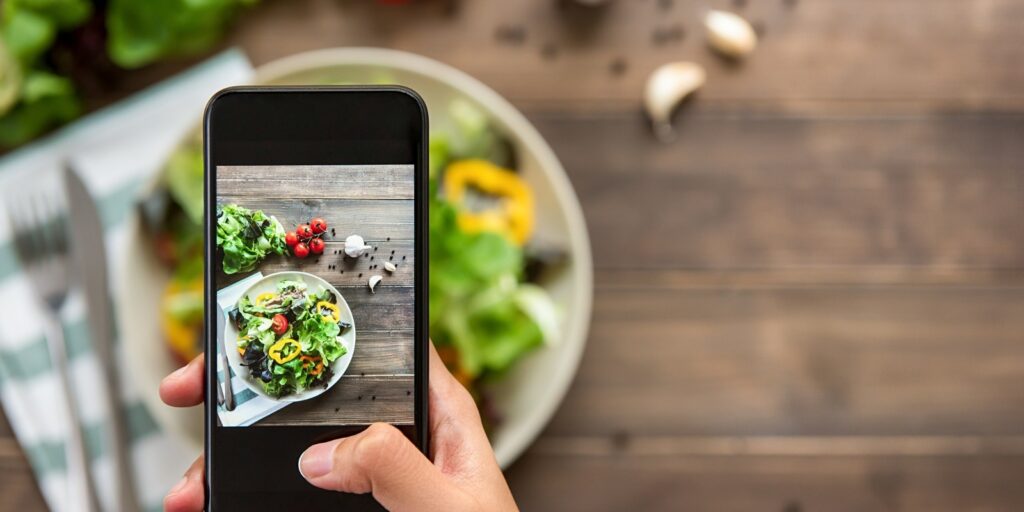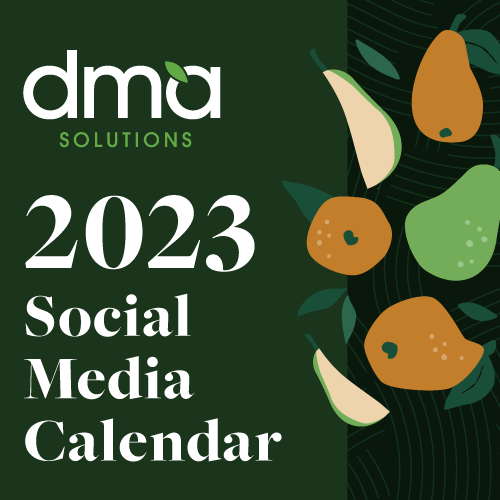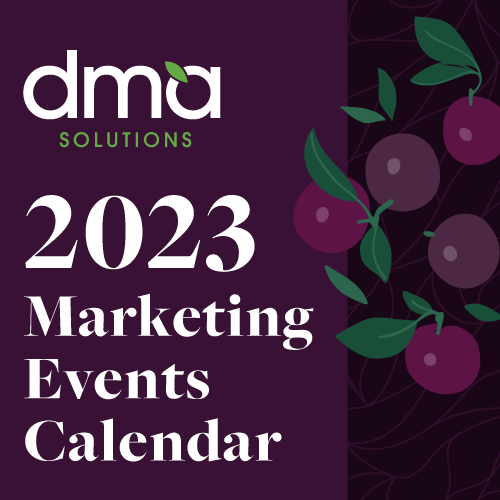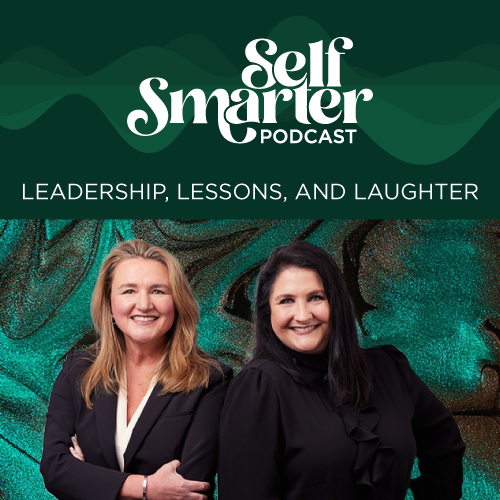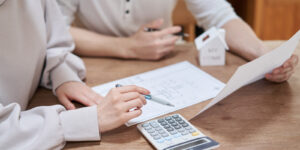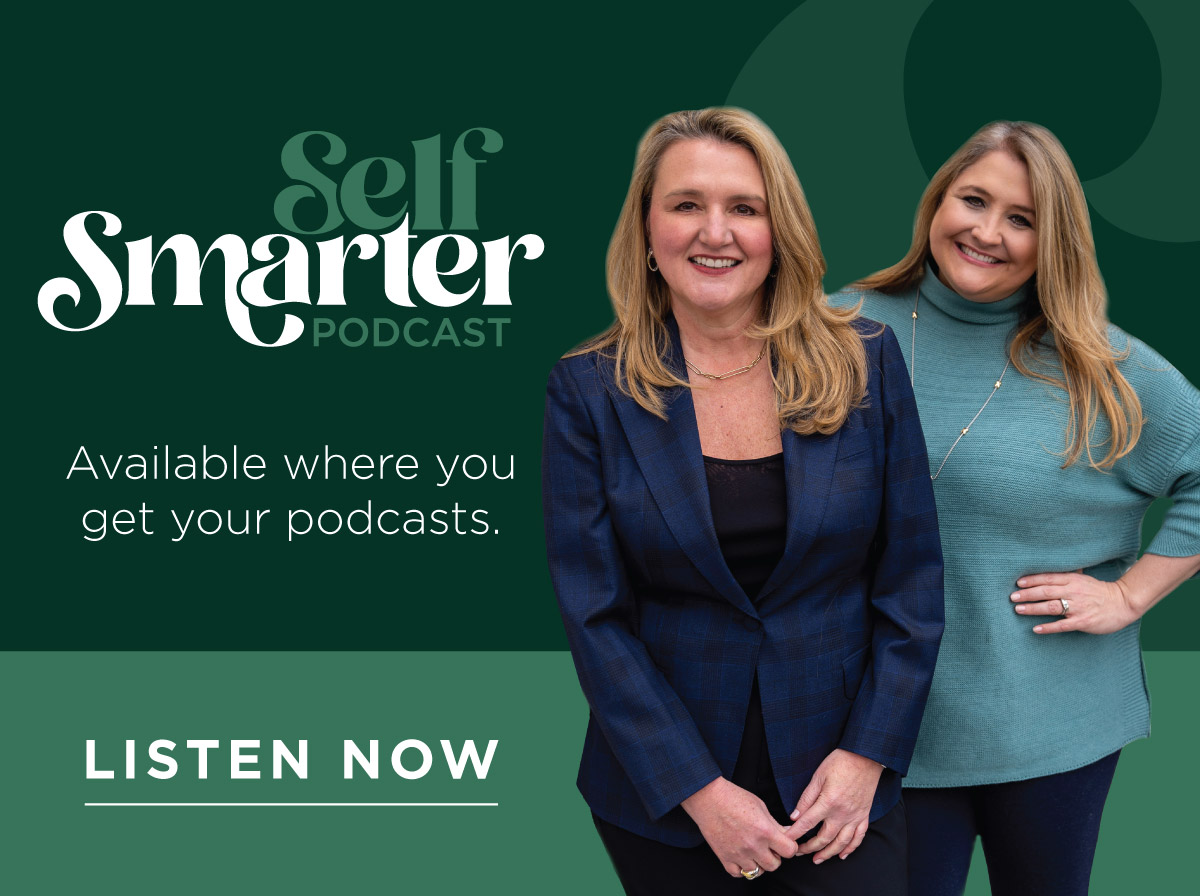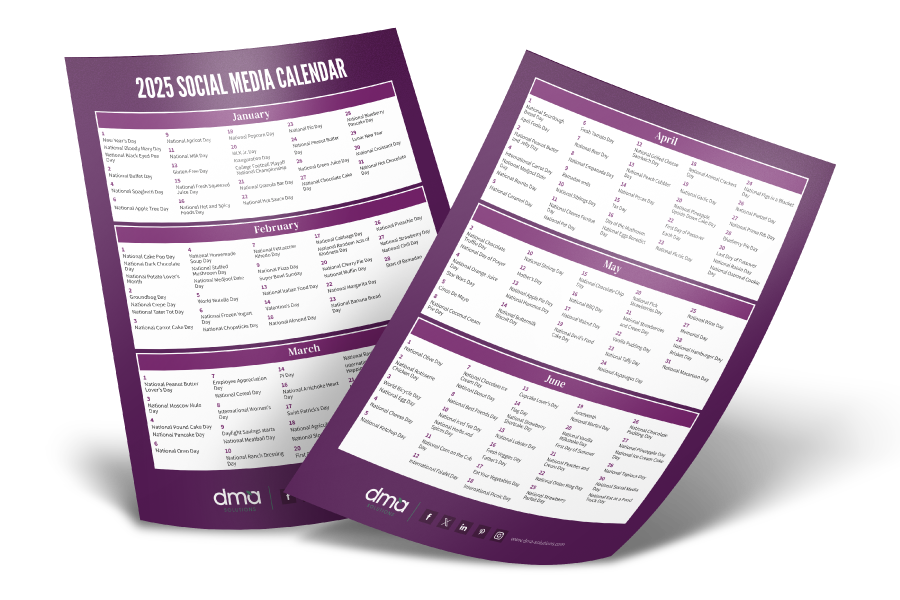When it comes to taking the perfect photo of food, you must first have the right equipment. The DMA Solutions team has invested thousands of dollars building our inventory of necessary equipment to take deliciously beautiful photos of products and plated food dishes on behalf of our fresh produce clients.
To make life easier for you, we’ve compiled a checklist of the equipment you’ll need and that we recommend before you make any big purchases.
DMA’s Photography Equipment Checklist
DSLR Camera
Of course, the single most important tool you need before you can take a beautiful photo is a good camera! We recommend a Canon D Mark IV and use it weekly to produce our client’s photography work.
Multiple SD Memory Cards
Trust me on this one! Having multiple memory cards are especially important to have if you take a lot of photos in one day. You want to be sure that you have the ability to continue using your camera without having to pause your photo shoot so you can upload the photos you’ve taken.
Camera Lenses
There are a variety of camera lenses you can purchase to achieve certain photography goals.
We recommend you start with these:
- Standard Lens – Captures images just as you see them through the camera. This is the most basic and reliable lens (Recommended: 50mm fixed focal length lens).
- Wide-Angle Lens – Enables snapping a broader view of a scene. This lens is ideal for shooting large groups of people and landscapes (Recommended: 24 to 70mm lens).
Lighting Tools
Anyone with photography experience knows that you can’t always rely on natural light, so make sure you invest in equipment to properly position your image in the right light:
- Studio Lighting – On the pricier side, studio lighting is great or capturing sharp and clear images. For food photography, continuous lighting is ideal!
- Ring Light – Ring lights are great at casting an even light onto the subject and helping to avoid any shadows.
- Lume Cube – An attachment that can be added to the top of your camera, this lighting is similar to a ring light and has great portability!
- Reflector – This is a must have whether you are ready to invest in other lighting tools or not! A simple white board angled to reflect light can completely brighten up a picture.
Tripod
This will allow you to capture a longer exposure by using a slower shutter speed. Long exposure will allow much more light to enter the camera and the slow shutter speed makes it impossible to take a clear photo by hand. A tripod helps to minimize the risk of any movement.
Backdrops for photo staging
Take some time to choose a variety of photo backgrounds that you can use for staging. We recommend using some that look like kitchen tile, concrete countertops, dining room tables etc. The options are endless, but do make sure that you have different options to utilize!
Foot Stool
Foot stools are a necessity for every photo shoot, especially to capture overhead shots. We recommend a step stool that has more than one step so that you have a variety of angles to shoot from. White foam boards White foam boards serve as reflectors which help bounce light, eliminate harsh shadows, and ultimately make pictures more flattering. These can be purchased at your local craft store and are a game changer for creating soften, balanced lighting for your photos.
Props
When it comes to food photography, you want to make sure you have a wide variety of props – You don’t want all of your photos to start looking the same! Start with plates, bowls, silverware, and plenty of different colored and patterned napkins.
Not sure you’re the next Annie Leibovitz? Get your own copy of our photography equipment checklist here. And if you decide that you’d rather outsource your photography needs, give us a chance! Our team of expert food photographers would be happy to help with our affordable photography services.
{{cta(‘2ad16cba-fe1e-4622-a1f8-403bc3eb0359′,’justifycenter’)}}
